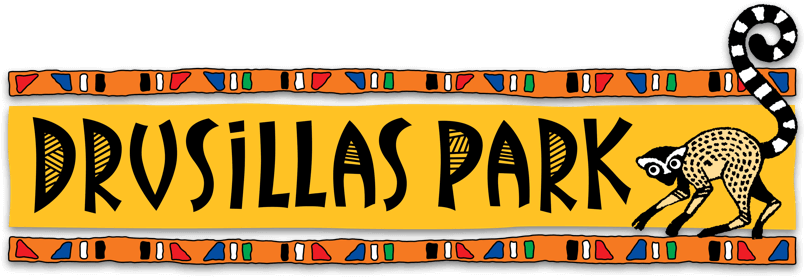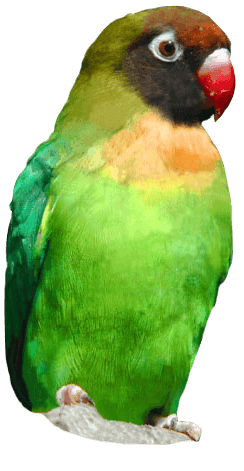
Spook-tacular Baby Boom!
PUBLISHED 16/10/25
Drusillas is turning Halloween on its head this year, swapping goblins and ghouls for something far more adorable: a baby boom of 5 spook-tacularly cute new arrivals, just in time for Halloween half-term!
While October is traditionally the season for things that go bump in the night, the Sussex zoo has instead been hearing the pitter-patter of tiny paws. Celebrating the safe arrival of teeny pygmy marmoset twins, a dinky dwarf mongoose duo, and a beautiful baby binturong named Boots (or should that be BOO-ts?), the first of her kind ever born at the zoo.
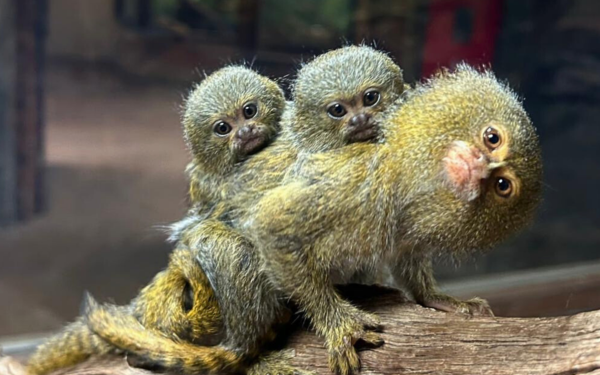
“It seems like there are babies everywhere at the moment,” said Head Keeper Gemma Romanis. “Our animals have clearly been… keeping busy, and there was definitely a bit of ‘summer loving’ that led to this autumn baby boom! It’s been amazing to see all the infants thriving”
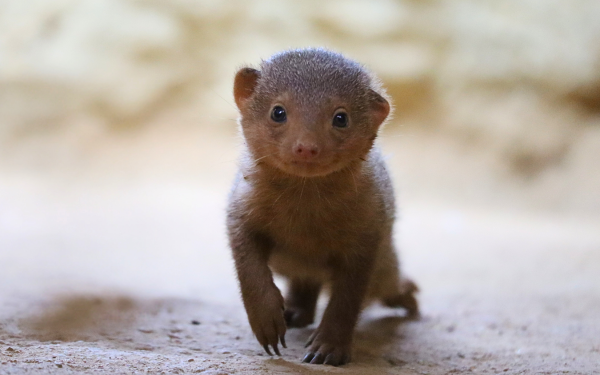
Pygmy marmoset twins are the latest additions to one of the zoo’s tiniest families - the world’s smallest species of monkey and one classed as vulnerable in the wild. Born to mum Rosie and dad Ben on 27th August, the miniature babes were first spotted by keepers as two little balls of fur clinging tightly to their mum’s back.
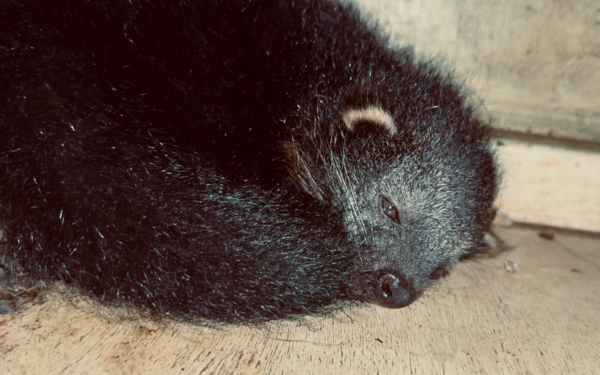
At birth, pygmy marmosets measure just 3cm (about the size of a human thumb) although they’ll grow to around 12–15cm in length and weigh up to 100g when fully grown. The tiny twins – named NikNak and Wotsit - have been lovingly welcomed by their cheeky older siblings, Nibblet and Twiglet, who’ve taken to big brother duties brilliantly. Visitors might be lucky enough to spot the pint-sized pair catching a ride on their siblings’ backs as they explore their habitat together.
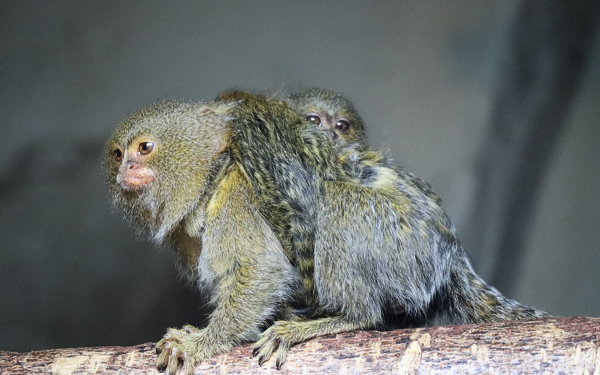
Meanwhile, Drusillas’ dwarf mongoose family has also been growing, with the arrival of a delightful duo of petite pups, born to parenting pros Goose (mum) and Stasher (dad) on 17th August. Since Goose joined Drusillas in autumn 2022, the loved-up pair have welcomed over ten pups together, all named after characters from the movie Top Gun, just like mum.
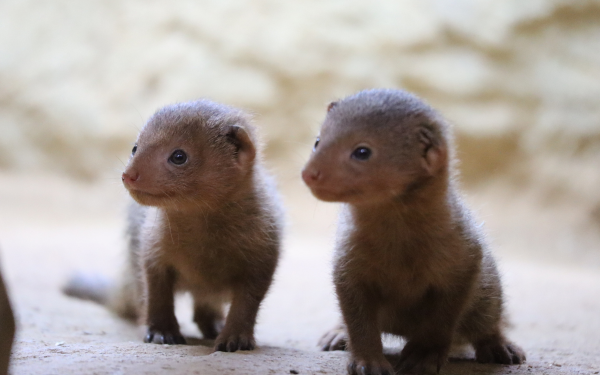
Native to sub-Saharan Africa, dwarf mongooses are the continent’s smallest species of carnivore. Adults typically measure around 18 to 28cm in length, with babies born at just a few centimetres long and weighing only 20 to 30 grams. Despite their small size, they live in tight-knit family groups known for their complex social behaviour. Visitors can often spot the new pups getting stuck into playtime with the rest of the mongoose mob, showing off their impressive acrobatics!
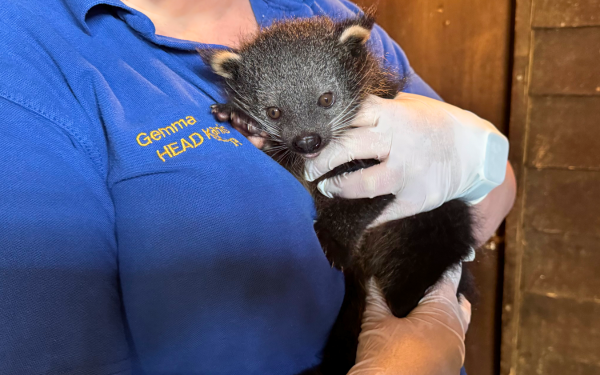
Last but not least on the new arrivals list is adorable baby binturong Boots, born at Drusillas on 8th August. Proud first-time parents Niffler and Dora have been doting on their tiny cub ever since, and with good reason, as Boots is the very first binturong ever born at Drusillas in the zoo’s 100-year history. Weighing around 325 grams at birth, little Boots is already growing fast and gaining in confidence. Visitors might catch a glimpse of her playing chase with mum, learning how to use her prehensile tail to swing through her habitat, or tucking into her favourite snack of sweetcorn.
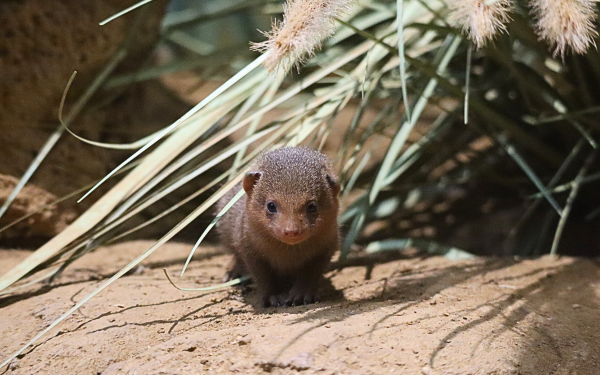
“Seeing successful births is one of the best parts of our job.” Head Keeper Gemma continued. “Not only is it wonderful for visitors to see, but it’s also vital for conservation. These babies help secure the future of some species that are under real threat in the wild.”
Pygmy marmosets are classified as vulnerable on the ICUN Red List of threatened species, due to habitat loss and the exotic pet trade where they have become popularly known as ‘finger monkeys’, a worrying trend seeing marmosets taken prematurely from their mothers and sold as ‘cute’ accessories. While binturong populations are also declining due to deforestation, the illegal wildlife trade, and exploitation in the civet coffee industry. So, new babies for both these species have an important role to play as part of the EAZA Ex Situ Programmes (EEPs), coordinated breeding efforts that ensure healthy, genetically diverse populations of threatened species in zoos.
“It’s easy to get caught up in how adorable the babies are, but each one also represents something much bigger,” added Gemma. “Zoos like Drusillas play a vital role in protecting species from extinction, a fate far scarier than anything Halloween could conjure up. Every successful birth is a step towards a safer future for these animals, and we’re proud to be part of that.”
